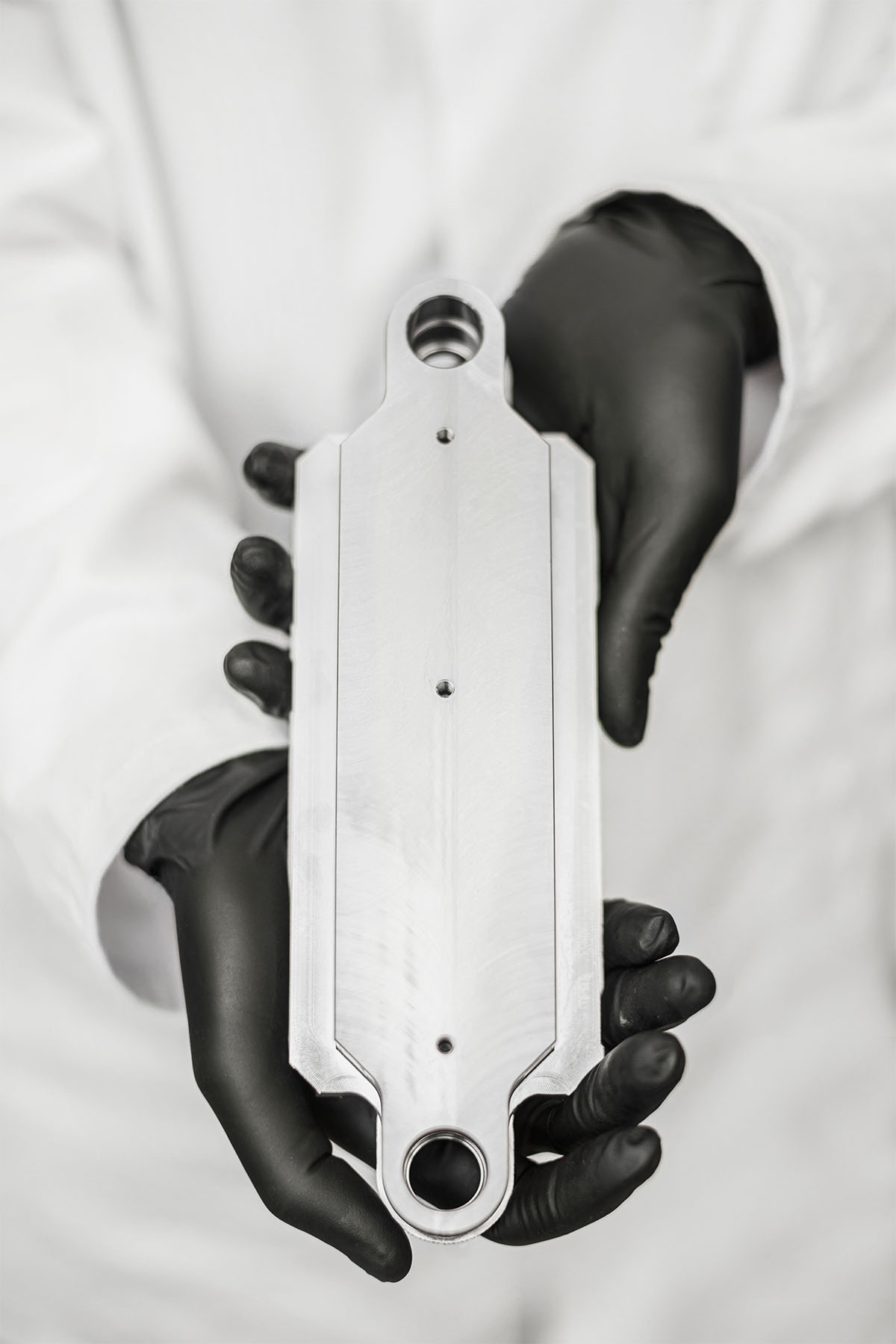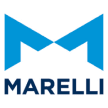Technical cleanliness inspection has become an integral part of production processes. Technical cleanliness of components determines the quality of the final product and its reliability, which as a consequence influences the manufacturer’s image.
What is technical cleanliness inspection?
The technical cleanliness inspection is a vital part of component quality assessment – especially in regard to the components that come into contact with working operating fluids, e.g. fuel pumps or parts of the cooling system.
Technical cleanliness testing determines the contaminants that could affect the quality and functionality of produced components. It is conducted by extracting particles from the surface of the tested part and analyzing them in qualitative and quantitative terms.
Thanks to the testing, it is possible to gain detailed information about the contaminants, which helps not only determine their cause and prevent occurrence of specific contaminants, but also optimize production processes.
The testing should be conducted in an area free from contamination (cleanroom), which meets the requirements of a specific class of cleanliness. The factors that determine the cleanliness level of the given part are:
- The total mass of soluble contaminants,
- The total mass of insoluble contaminants – gravimetry,
- The number and size of indoluble particles – granulometry,
- The type of contaminants.
How is technical cleanliness inspection conducted?
Technical cleanliness inspection is made up of several stages. Its main purpose is to single out the contaminants that can be found on the given component and that can affect durability, useability, safety or efficiency of the final product.
In order to conduct the technical cleanliness process effectively, it is necessary to choose the proper extraction fluid (depending on the material the tested component is made of) and the contaminant extraction method.
Choosing the proper method depends on the type of the tested part. There are many methods of contaminant extraction, for example:
- Immersion with ultrasound,
- Shaking,
- Pressure rinsing.
The separated particles accumulate on a membrane filter, which is then dried and carefully inspected by means of instrumental analysis such as weighing and microscopic analysis, in order to identify and evaluate the contaminants.
In what areas is technical cleanliness inspection particularly important?
Contaminants – such as small particles, fibres, metallic and non-metallic grains – may reduce the durability and functionality of the component, and consequently decrease the safety and quality level of the product. Technical cleanliness of parts is highly important in industrial production processes in industry branches such as automotive, aerospace, aeronautics, electronics and optics.
In case of the automotive sector, presence of contaminants and lack of periodic technical cleanliness inspections may result to malfunctions of engines and other subassemblies – ABS systems, fuel injectors, hydraulic systems and brake calipers. Breakdowns and malfunctions of these parts usually have negative consequences – from frustration to endangering the life and limb of the final product user, in the worst case scenario.
The situation is similar in the electronics industry – undesirable particles on the components could result in dangerous short circuits. Manufacturers from food, optics and medical industries also need to meet restrictive norms and regulations regarding technical cleanliness.
For manufacturers in the heavy machine industry it may be quite expensive to test entire products, since the machines consist of many parts that can be difficult to access. In this case, it is more cost-effective to analyze the content of non-soluble contaminants of the used oil (evacuated oil) which circulates in the hydraulic system and may spread unwanted particles.
Technical cleanliness and company profit
Periodic technical cleanliness inspections help avoid negative, unexpected consequences of contaminants present on the parts. They help maintain high quality of the final products, reduce the risk of breakdowns and malfunctions, and consequently – increases the trust of the consumer in the manufacturer. Therefore, technical cleanliness inspection is one of the vital steps of production and quality management, just like periodic maintenance.
NOYEN – a manufacturer of industrial cleaning machines offering comprehensive products and services regarding industrial cleaning, industrial cleaning service, automation, lab testing and chemicals. Have a look at our wide variety of cleaning machines and find out how NOYEN can support you – contact our specialists.
Nothing is impossible
It will be much easier if you tell us what is the matter. Save some time and sign up for a free consultation. Our expert will advise you free of charge.









